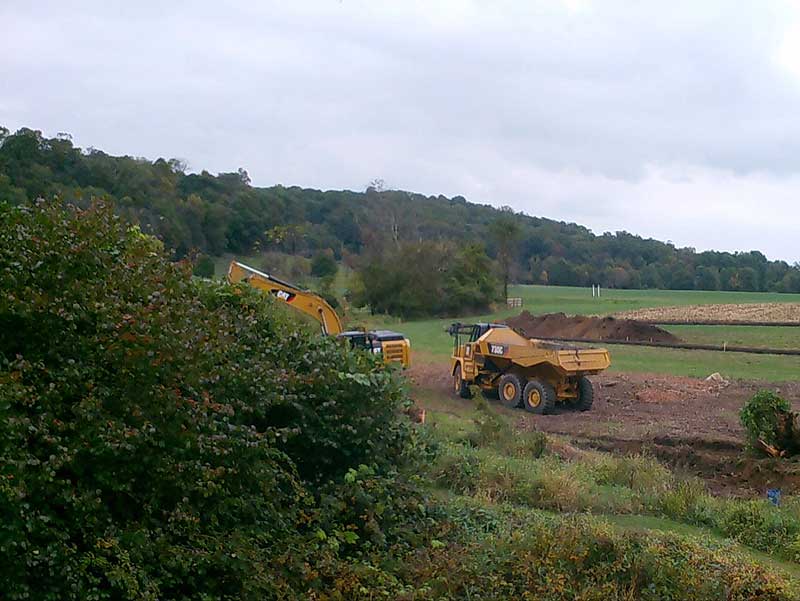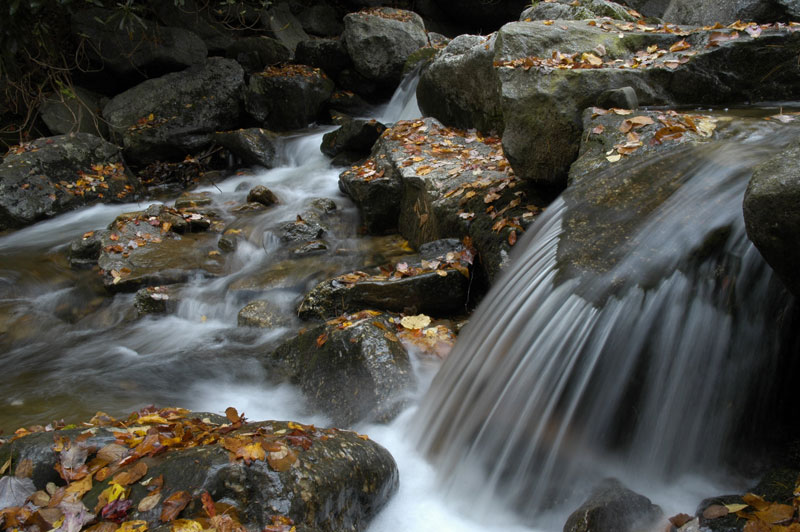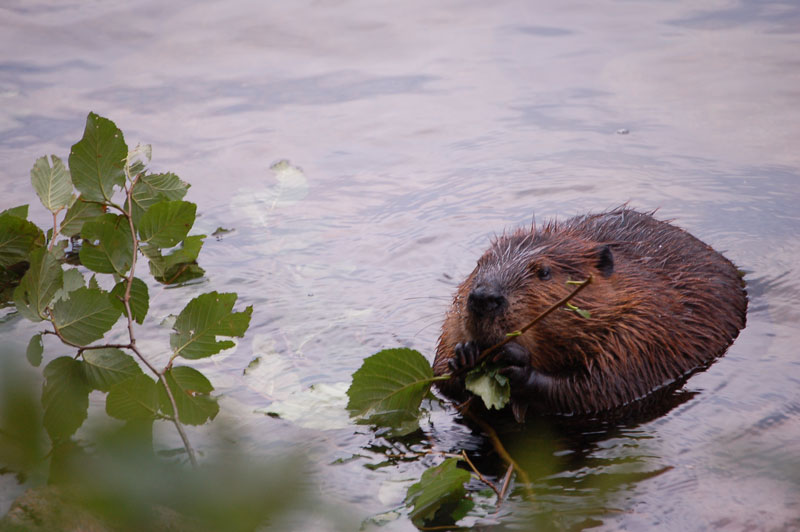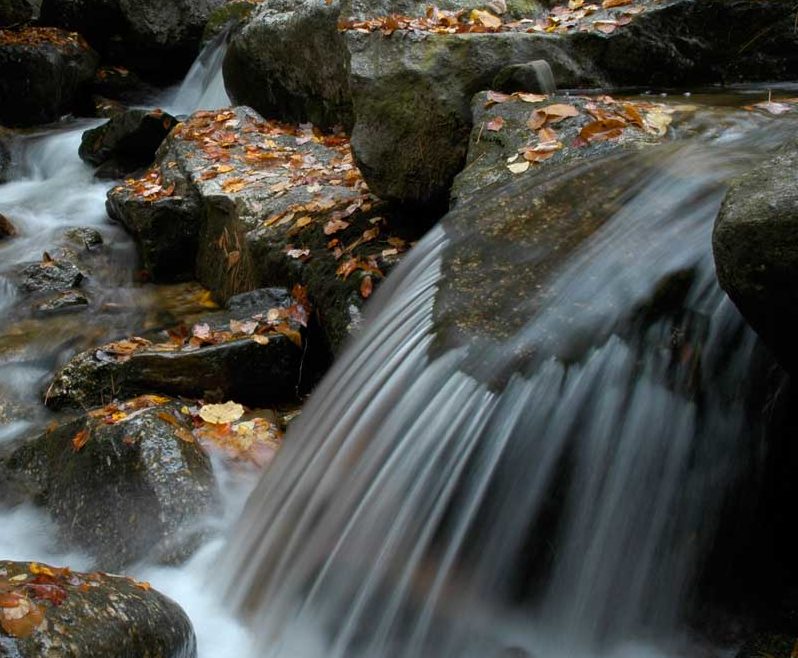Research Reveals Caddisflies are Ecosystem Engineers
https://stroudcenter.org/wp-content/uploads/caddisfly-engineers-video-still-1024x575.jpg 1024 575 Stroud Water Research Center Stroud Water Research Center https://stroudcenter.org/wp-content/uploads/caddisfly-engineers-video-still-1024x575.jpgHydropsychid caddisflies spin silk mesh nets that they use to filter feed. These nets are important ecosystem engineering structures in flowing waters.






